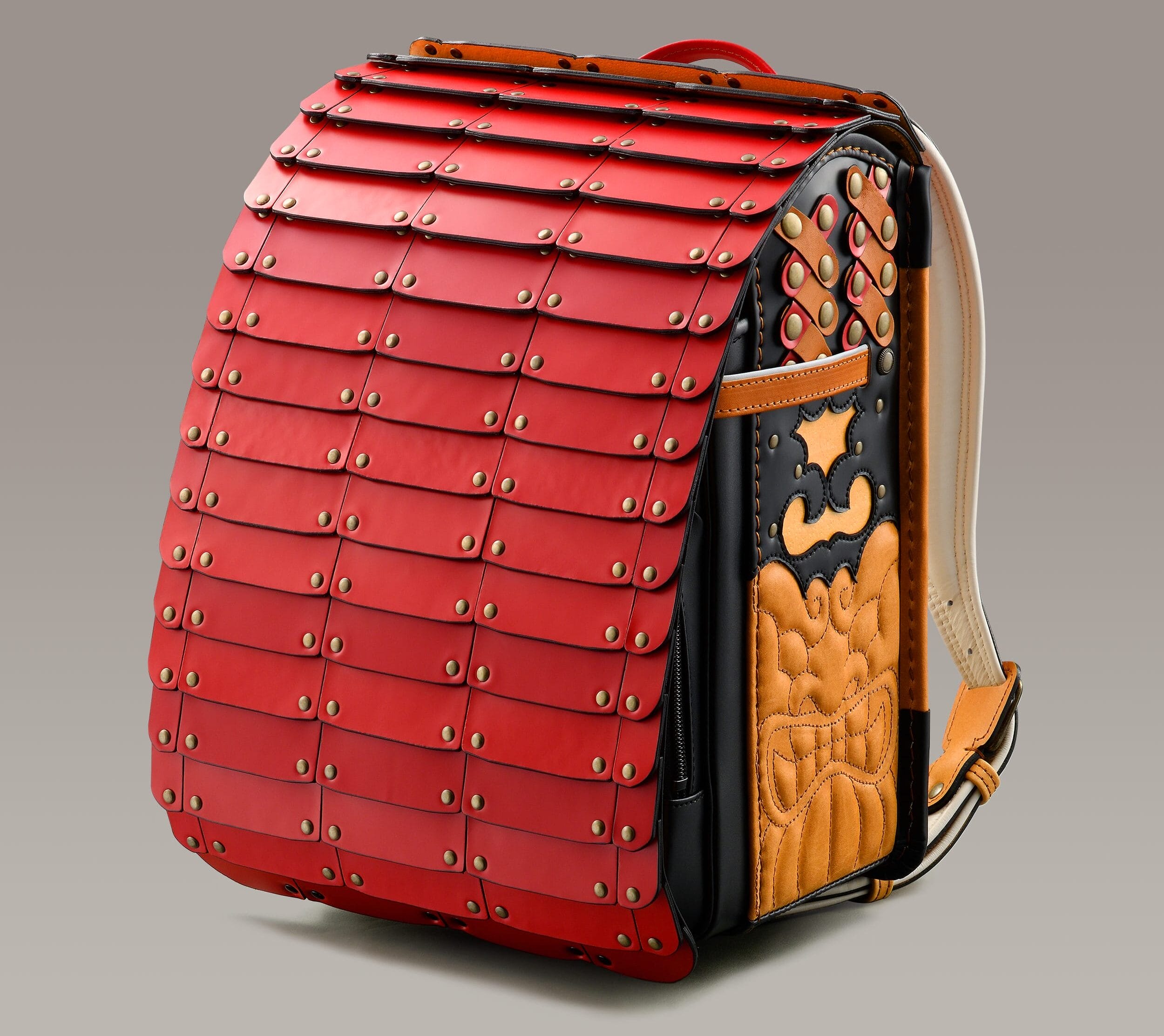
In Japan, randoseru are small, high-quality backpacks, typically made of leather, designed to withstand years of use by school children. Manufacturer Murase Kabanko, for one, departed from its typical offerings with a highly detailed nod to a different tradition altogether: samurai.
Also known as bushi, samurai were an elite military class in Japan between the 11th and 19th centuries, typically retained by feudal lords. Over the centuries, their status evolved from a mostly provincial role to one of notable political influence, but the warriors were formally abolished in the 1870s as modern militaries emerged.
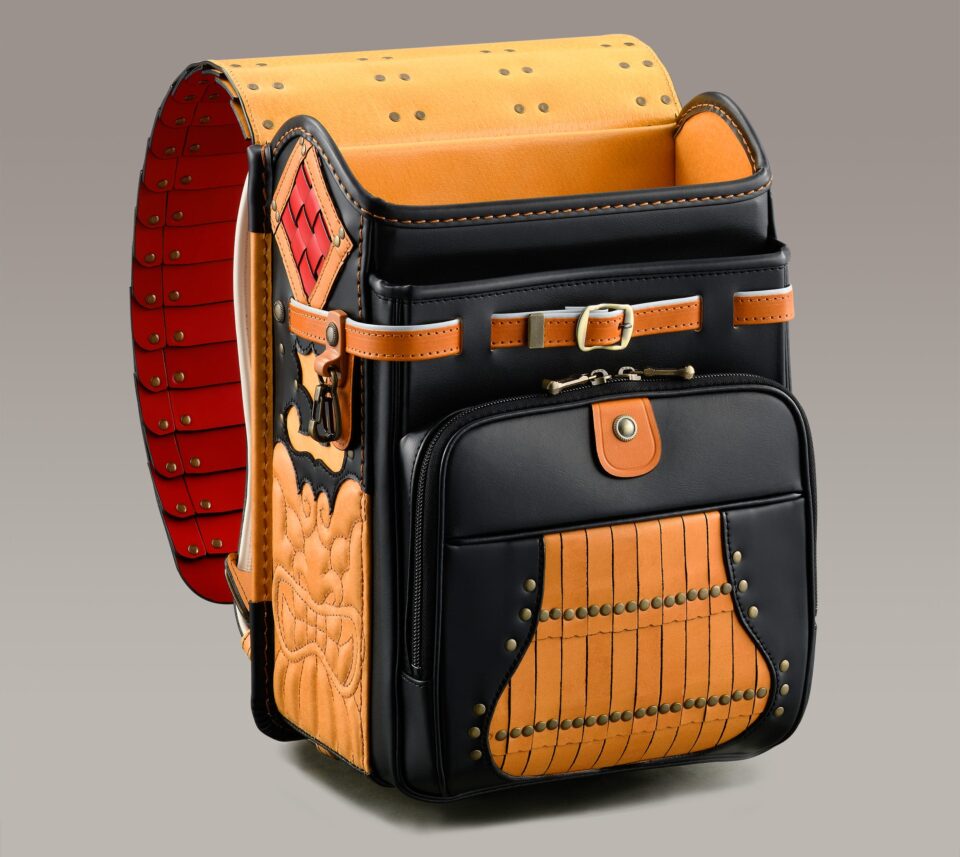
In Murase Kabanko’s unique, meticulously crafted bag, the company has created an ode to historic armor. Leather craftsman Noriki Okada used scrap pieces from other bags to assemble an accessory that exudes strength and a connection to Japanese cultural heritage. In yellow, black, and red, the intimidating faces of oni demons flank the sides and are embellished with woven details and precise stitching.
From small leather plates and numerous brass rivets, the backpack evokes the protective shell of an isopod and references a style of armor that developed between the 14th and 16th centuries known as tosei-gusoku. The suits often exceeded 50 pounds and were engineered for maximal flexibility while providing optimal protection.
Tosei-gusoku also refers to types of equipment accompanying Buddhist altars or horses. Okada’s randoseru taps into the dual associations of history and utility.
Okada’s randoseru won the artistic design award at this year’s Japan Leather Awards. If you have a spare 500,000 yen—about $3,300—you can purchase your own on Murase Kabanko’s website. (via Spoon & Tamago)
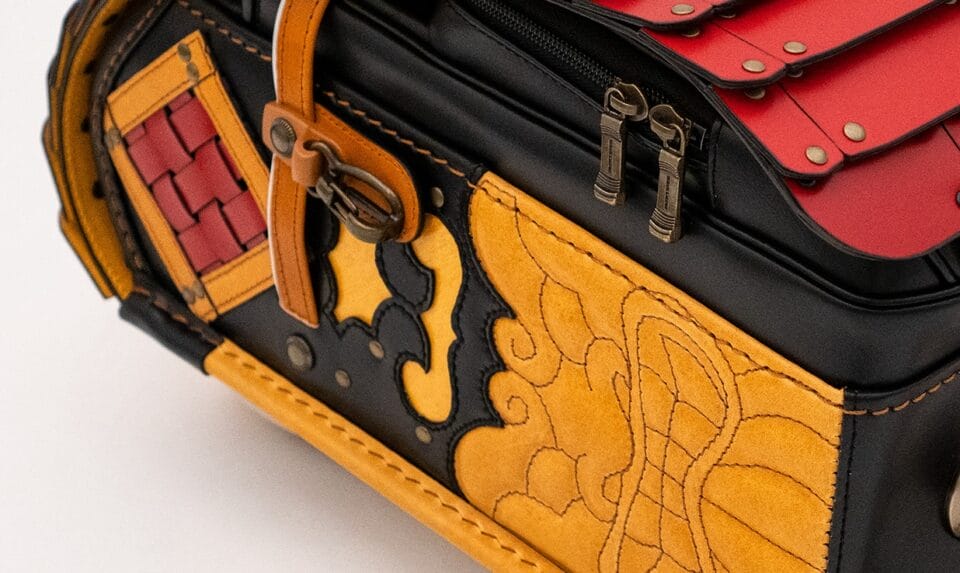
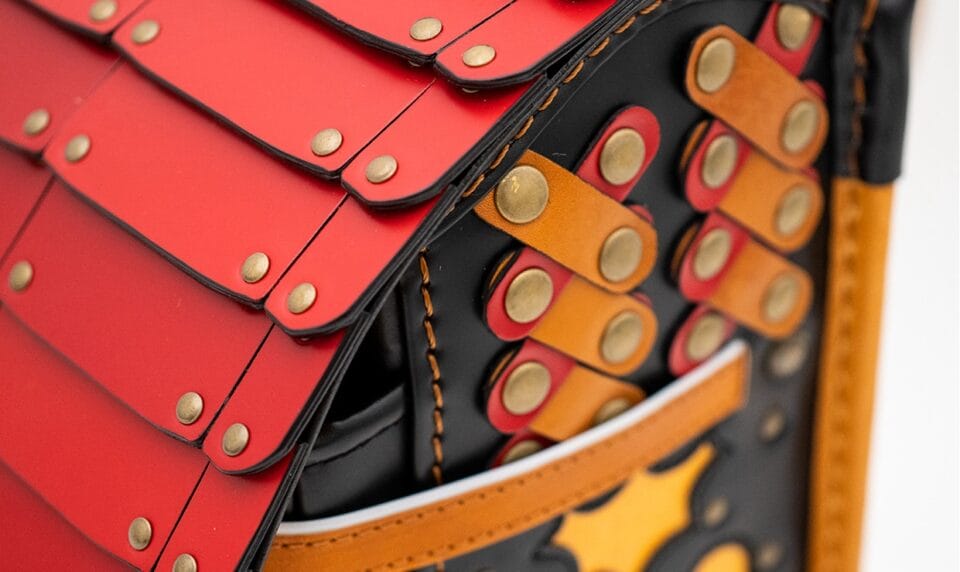
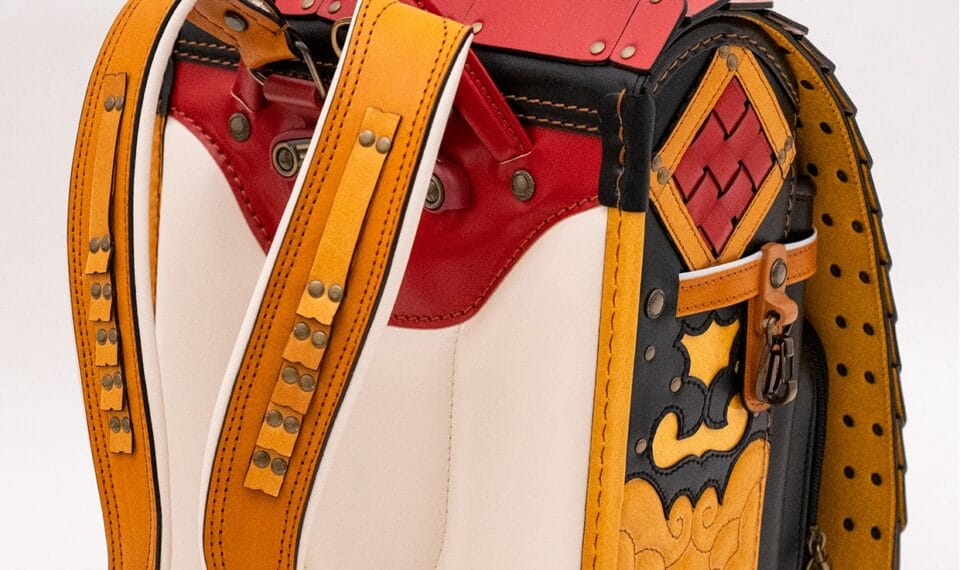
Do stories and artists like this matter to you? Become a Colossal Member today and support independent arts publishing for as little as $7 per month. The article A Samurai-Inspired Backpack Elevates Leather Scraps to a Bag Befitting a Warrior appeared first on Colossal.